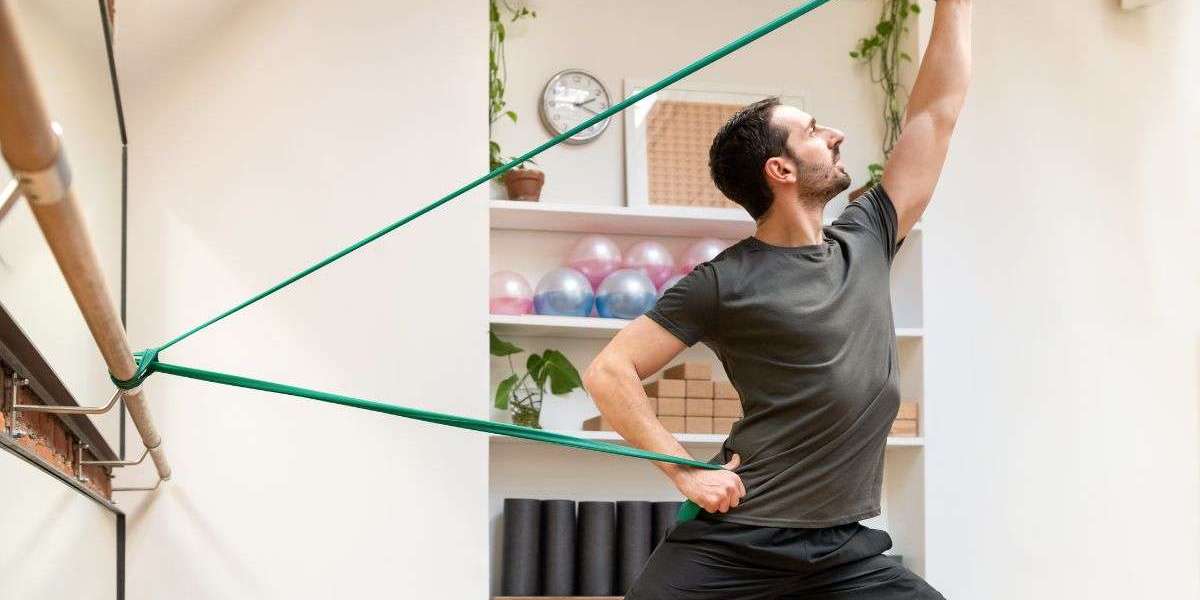As we age, our bodies undergo a range of changes that can affect strength, mobility, and overall health. One of the most significant—yet often overlooked—changes is the gradual loss of bone density. Age-related bone loss, also known as osteopenia or, in more severe cases, osteoporosis, is a silent condition that progresses slowly over time, weakening the skeleton and increasing the risk of fractures.
But here's the good news: bone loss isn't inevitable. Through targeted lifestyle changes, it’s possible not only to slow down the process but, in some cases, even reverse certain losses. The key lies in understanding how bones function, what causes them to deteriorate, and how our daily choices can either weaken or fortify our skeletal foundation.
Let’s explore how lifestyle interventions—ranging from diet and exercise to hormonal balance—can play a powerful role in preserving bone health well into old age.
The Biology of Bone Aging
Bone is a dynamic tissue. Throughout our lives, it undergoes a continuous cycle of breakdown (resorption) and rebuilding (formation). In our youth and early adulthood, bone formation outpaces resorption. However, after the age of 30, this balance starts to shift. By the time we reach our 50s or 60s, the rate of bone resorption often exceeds formation, leading to a steady decline in bone mass.
Factors that accelerate this decline include hormonal changes (especially decreased estrogen in women and reduced testosterone in men), lack of physical activity, nutritional deficiencies, chronic stress, and even certain medications.
Understanding this natural decline is the first step in taking preventative action.
Weight-Bearing Exercise: The Natural Bone Stimulator
Exercise is one of the most powerful tools we have to combat age-related bone loss. Bones adapt to the stress placed on them. When we engage in weight-bearing activities—such as walking, dancing, resistance training, or hiking—bone cells respond by increasing bone mineral density. Essentially, the bones get stronger because they’re being challenged.
Resistance training, in particular, helps build both muscle and bone strength simultaneously. As muscles pull on bones during movement, this tension stimulates bone formation. Strengthening the musculoskeletal system not only reduces the risk of fractures but also improves balance and posture—key factors in fall prevention for older adults.
Moreover, strength training may boost natural levels of human growth hormone (HGH), which supports tissue regeneration, including the formation of new bone.
Diet: Feeding the Bones What They Need
Strong bones aren't just made in the gym—they’re also built in the kitchen. A nutrient-dense diet ensures that bones receive the building blocks necessary for growth, repair, and maintenance. While calcium and vitamin D are often spotlighted, other nutrients like magnesium, vitamin K2, zinc, boron, and protein also play essential roles in supporting skeletal health.
Calcium provides the structural matrix of bones, while vitamin D enhances calcium absorption. Magnesium and vitamin K2 help direct these minerals to the right places, preventing soft tissue calcification and supporting collagen structure. Zinc promotes osteoblast activity (bone formation), and protein forms the framework upon which bone mineralization occurs.
For individuals with declining hormone levels, nutrient intake can also influence how effectively HGH and other anabolic hormones operate within the body. In this sense, diet becomes not only a physical support system but also a hormonal one.
Managing Hormonal Decline Naturally
Hormones such as estrogen, testosterone, and HGH play a critical role in maintaining bone density. As we age, the natural decline of these hormones becomes one of the most prominent contributors to bone weakening.
For women, the drop in estrogen after menopause is linked to a sharp increase in bone loss. For men, gradual declines in testosterone can reduce bone formation and weaken bone matrix over time. HGH, which influences the regeneration of cells and tissues, also drops with age, reducing the body’s ability to repair and rebuild bone.
While hormone replacement therapy (HRT) is one approach, many people turn to more natural strategies. This includes lifestyle practices that support endocrine function and the use of HGH supplements, which are formulated to encourage the body’s natural HGH production. These supplements often contain amino acids, herbal extracts, or adaptogens that stimulate the pituitary gland, potentially helping to maintain bone integrity and improve energy, recovery, and muscle mass—factors that all indirectly protect bone structure.
Reducing Inflammation and Stress
Chronic inflammation and unmanaged stress are major, often invisible contributors to bone degeneration. High levels of cortisol, the body’s primary stress hormone, have been shown to accelerate bone resorption and reduce calcium absorption. Over time, elevated cortisol not only weakens bones but also disrupts other hormone balances, including those related to HGH.
Incorporating stress-reducing activities—such as yoga, meditation, breathing exercises, or even spending time in nature—can help lower cortisol and rebalance the body’s hormonal environment. In turn, this supports better bone preservation.
Additionally, anti-inflammatory foods like leafy greens, berries, turmeric, omega-3 rich fish, and nuts can help keep inflammation in check and provide vital micronutrients for bone health.
Avoiding Bone-Robbing Habits
Certain lifestyle choices are detrimental to bone density and should be minimized or avoided. Smoking has been directly linked to reduced bone mass and poor bone healing. Excessive alcohol consumption interferes with calcium balance and disrupts vitamin D metabolism.
Similarly, a sedentary lifestyle is one of the leading causes of weak bones in older adults. Simply incorporating regular movement, standing more, and minimizing prolonged sitting can make a measurable difference over time.
Even excessive caffeine or soda consumption, particularly cola-based drinks, can negatively affect calcium levels and bone density. Moderation, awareness, and replacing harmful habits with bone-friendly ones can yield long-term benefits.
The Role of HGH Supplements in Bone Preservation
HGH supplements are becoming increasingly popular among those looking to support healthy aging, muscle maintenance, and bone strength. These supplements often contain nutrients and compounds that stimulate natural HGH release—such as L-arginine, L-glutamine, GABA, and maca root.
When taken as part of a broader lifestyle approach that includes resistance training and clean eating, HGH supplements may help preserve bone mass, improve joint function, and support tissue recovery. While not a standalone solution, they can be a helpful complement to other lifestyle strategies.
Before beginning any supplement regimen, it's always advisable to consult a healthcare professional, especially for individuals with existing health conditions or those on medications.
Conclusion
Bone loss may be a natural part of aging, but it’s not something we have to accept passively. Through informed, consistent lifestyle choices—nutrient-rich diets, strength-building exercise, hormone-balancing practices, and stress reduction—we can maintain healthy bone density and avoid the many risks associated with osteoporosis.
The integration of best human growth hormone for sale and awareness of hormonal shifts only strengthens this strategy, helping individuals preserve their skeletal structure, stay active, and enjoy greater vitality as they age.
Aging gracefully doesn’t mean growing frail. With the right tools, we can build and protect the framework that keeps us strong—from the inside out.



